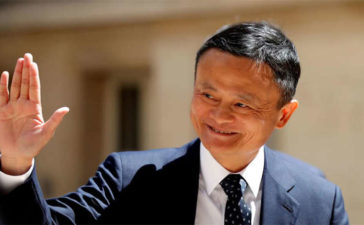Mumbai: The Indian rupee recovered after falling to its lowest level in more than two years to close at 66.70 on Friday.
The rupee, which opened at 66.93, fell to the day’s low to 67.01 from its previous close of 66.66 to a greenback. It closed the day’s trade at 66.69-70.
The rupee had fallen to its lowest levels in the last 27 months on the back of sustained selling by foreign portfolio investors (FPIs) in the Indian equity and debt markets.
The FPIs went on a selling overdrive after Thursday’s comments made by the US Federal Reserve (US Fed) Chairperson Janet Yellen which heightened the chances of a US rate hike in mid-December.
“Yallen’s comments on the US rate hike and the upcoming US non-farm payroll data has had a negative impact on the Indian rupee and other emerging markets (EMs) currencies,” Anindya Banerjee, associate vice president for currency derivatives with Kotak Securities, told IANS.
A US rate hike could potentially lead to massive amounts of pullback of foreign funds from emerging economies like India.
The foreign portfolio investors (FPIs) were net sellers in the day’s trade at stock exchanges, whereas the domestic institutional investors (DIIs) were net buyers.
According to data with stock exchanges, the FPIs sold stocks worth Rs.1,745.73 crore, while the DIIs bought stocks worth Rs.1,069.01 crore
The FPIs have taken out Rs.23,352 crore during the period August-September. In November, the foreign investors had off-loaded stocks worth over Rs.6,000 crore.
“Yesterday’s European Central Bank’s (ECB) announcement on the bond buying program was also a damper and added to risk aversion,” Banerjee added.
The ECB cut its deposit rate by 10 basis points against markets’ expectation of a 20 basis points reduction.
In addition, the ECB extended its bond-buying program till at least March-17 2016. However, it did not increase the limits of the stimulus measure.
Hiren Sharma, senior vice president, currency advisory at Anand Rathi Financial Services, told IANS that the rupee stabalised after an apparent intervention by the Reserve Bank of India (RBI), which sold dollars through public sector banks (PSBs).
“It seems that the RBI intervened through PSU banks to stablise the rupee,” Sharma said.
The Indian central bank is known to intervene in the open markets through PSBs by either buying or selling the greenback, if the rupee value comes under heavy attack.
Besides the RBI, Sharma pointed out that the rupee gained traction as market participants expected a major breakthrough on the goods and services tax (GST) bill.
“Markets expected a major breakthrough to get the GST bill passed in the parliament during the current winter session,” Sharma added.





